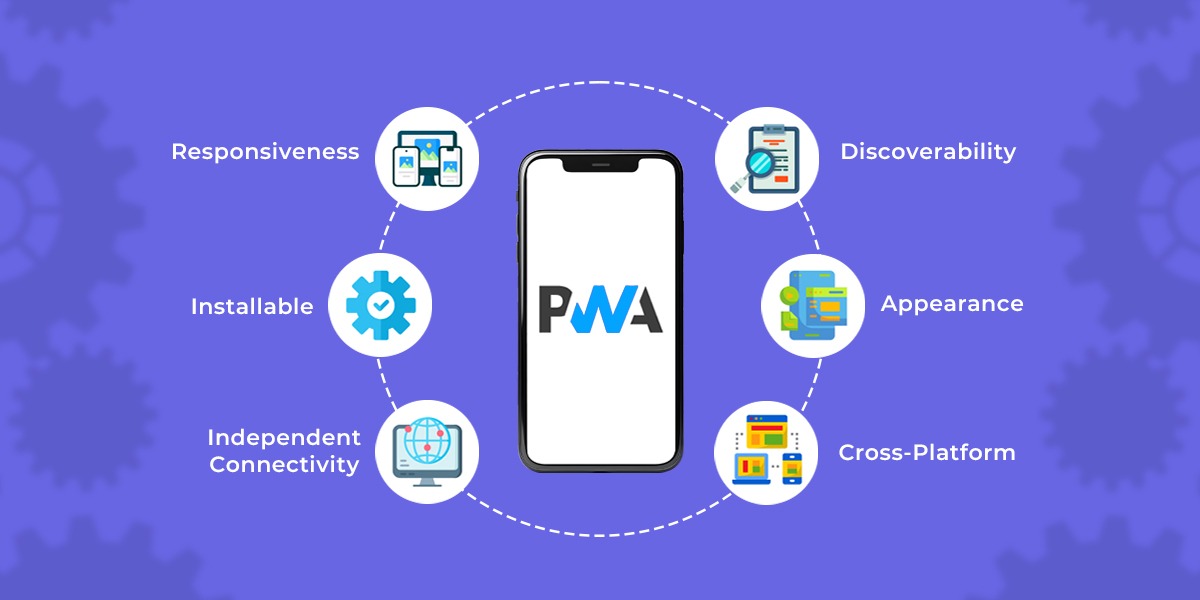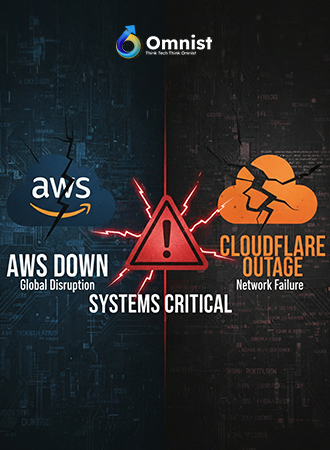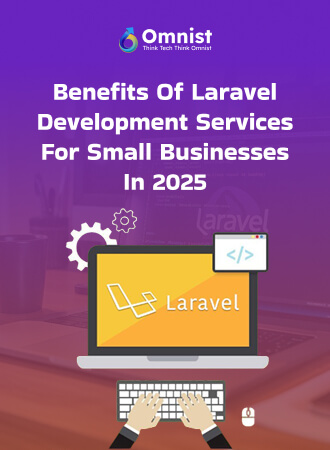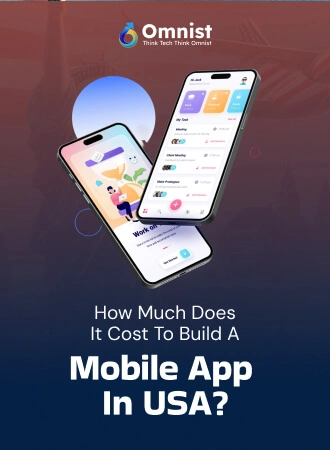App Technologies 30 Oct, 2023
Discover Why People are Moving Towards PWAs?

Introduction:
Welcome to our blog post on Progressive Web Applications (PWAs), a technology that became popular in the last five years, providing new ways to deliver web applications that have a native-like experience to users. In this blog post, we will introduce you to PWAs and explain why they are becoming a gaming changer in the web development industry.
What are Progressive Web Applications (PWAs)?
Progressive Web Applications is a web application that uses modern web capabilities to deliver an app-like experience to users. They are built using standard web technologies such as HTML, CSS, and JavaScript but with additional features and functionalities that make them feel and behave like native applications.
Features of Progressive Web Applications:
This is achieved through service workers’ scripts that run in the background and can intercept network requests, cache data, and provide offline functionality. With service workers, PWAs can store and retrieve data locally, allowing users to access content even when not connected to the internet.
Another critical aspect of PWAs is their ability to be installed on a user’s device, just like a native app. This is made possible through the web app manifest, which provides metadata about the applications, such as their names, icons, and splash screens. When users visit a PWA, they can install it on their home screens, making it easily accessible and providing a more app-like experience.
It also offers a seamless and responsive user interface, adapting to different screen sizes and orientations. They can use features like push notifications, background sync, and geolocation, providing users with a rich and interactive experience. Additionally, PWAs are designed to be secure, as they are served over HTTPS, ensuring that data exchanged between the user and the applications is encrypted and protected.
Unlike native apps, which need to be developed separately for each platform (iOS, Android, etc.), PWAs can run on any device or platform with a modern web browser. This significantly reduces development time and costs, as developers only need to build and maintain a single codebase.
Why Do We Need Progressive Web Applications (PWAs)?
The digital realm has seen revolutionary changes since the inception of the internet. As we’ve advanced from basic HTML websites to dynamic interactive platforms, the quest for a better user experience has never waned. Enter Progressive Web Applications (PWAs), a paradigm shift reshaping our online experiences. But why exactly do we need PWAs?
- Enhanced User Experience: Today’s digital experience is not limited to high-speed internet zones or the latest devices. PWAs offer offline capabilities, ensuring that users can continue browsing even in areas of low connectivity or no connections. With swift load times and smooth animations, this offline functionality provides that users enjoy a consistent and high-quality experience, irrespective of their network condition.
- Cost-Effective Development: Building a native app for each platform ( iOS, Android, Windows, etc.) is time-consuming and costly. PWAs eliminate the need for multiple versions of an application. A single version can work seamlessly across all devices and platforms. This not only reduces development costs but also streamlines updates and maintenance.
- No App Store Barriers: One of the hurdles with traditional apps is the need for distributions via app stores, which often involves a review process, potential fees, and other challenges. PWAs bypass this process. They can be shared and installed directly via a URL, eliminating the intermediary of app stores and making content and updates immediately available to users.
- Cross-Platform Consistency: PWAs are built using standard web technologies, which means they’re inherently cross-platform. Whether accessed from a desktop, tablet, or mobile device, users get a consistent experience. This eradicates the issues of platform-specific bugs or discrepancies and provides a uniform brand experience for businesses.
- Engagement and Re-engagement: With the ability to send push notifications, PWAs can match the user engagement levels of native apps. Whether it’s announcing a sale, breaking news, or a new feature, users can be instantly alerted, driving engagement and re-engagement.
- Safety and Security: PWAs are served over HTTPS, ensuring secure data exchange. Moreover, service workers, integral to PWAs, act as proxy servers, enabling safe content delivery and interactions, irrespective of network quality.
- Resources Optimization: Traditional apps often consume significant storage space on devices. PWAs, being more lightweight, occupy less storage. Additionally, they don’t need constant updates from app stores, leading to data saving for users.
- Adaptability and Future-Proofing: As the online ecosystem evolves, adopting technologies that can withstand time is essential. PWAs at the intersection of web and mobile apps represent the future of online interactions. Their adaptability ensures that they remain relevant as user behaviors and preferences evolve.
Conclusion
In conclusion, the need for PWAs stems from technological advancements and evolving users’ expectations. As the lines between web browsing and mobile app usage blur, PWAs emerge as the logical step forward. They address the challenges of our diverse, dynamic digital landscape, delivering experiences that are fast, consistent, and reliable. In a world progressively moving toward seamless digital integration, PWAs are not just an advantage but a necessity.
At Omnist, we are equipped with certified professionals and all the technology ingredients needed to craft such an experience. Our team has worked on several PWA projects for clients in the eCommerce, Travel, and Restaurant industry. If you have an idea or are looking to develop a PWA, feel free to write to us at [email protected].
 }})
 }})






